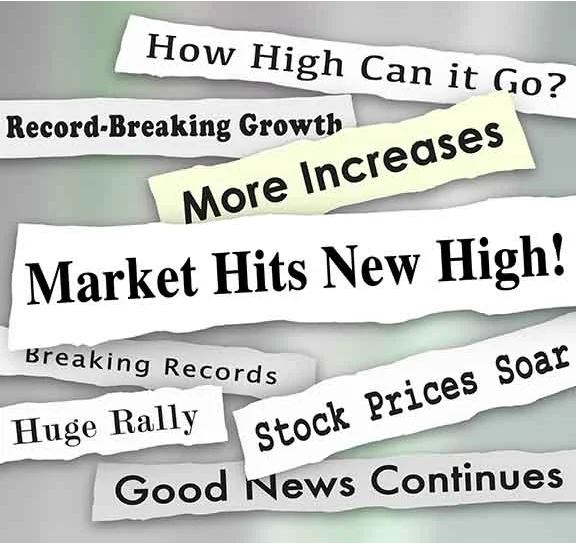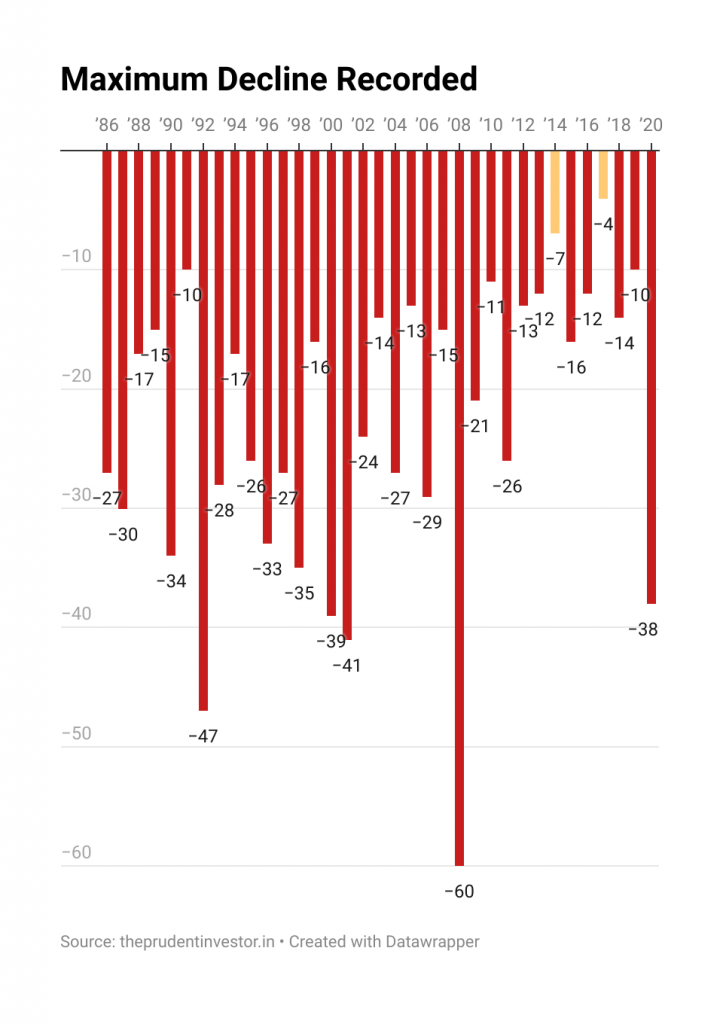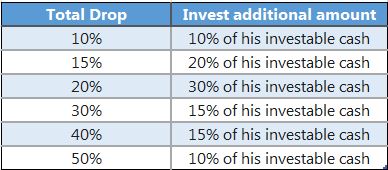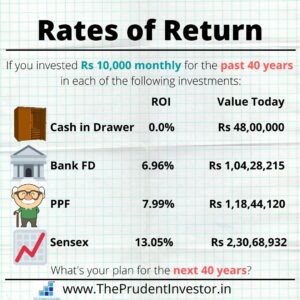Once there was a farmer whose horse ran away. Upon hearing the news, his neighbours came to visit. “Such bad fortune” they said, full of sympathy. “Maybe” the farmer replied. The next morning the horse returned, bringing with it three other wild horses. “What great fortune” the neighbours exclaimed. “Maybe” replied the old man.
The following day the farmer’s son tried to ride one of the untamed horses. He was thrown off and broke his leg. “Oh dear, that’s too bad,” and the farmer responded “Maybe.” The next morning the army came through the farmer’s village to draft young able bodied men for the war, seeing his son’s limp they passed him by. The neighbors congratulated the farmer “What wonderful fortune!” “Maybe” said the farmer.
It is impossible to control the future; all we can control is how we meet each moment. The more we can accept each moment, and trust in the nature of impermanence. The less we are emotionally thrown around by the ups and down of life.
What if we apply this very approach to our investing?
When markets reach record highs, you wonder whether it’s a bubble. When markets head in the other direction, you wonder whether it’s a crash.
As investors we know that factors such as anxiety and stress can seriously affect our ability to make sound and knowledgeable decisions. The possibility of our feelings impacting our logical decision making capability is especially likely during uncertain times when market volatility is high. When market prices drop, people often get scared of losing all their money and resort to panic selling to mitigate losses. However, this generally tends to make matters worse.
We are currently at a euphoric stage.

2020 has been a roller coaster year for a financial investor: With lows in March and an all-time high by the year end, driven by record inflows from FIIs, highest ever quarterly profits (Q2) reported by Nifty 50 companies. From the doomsday that has no equivalent in history to one of the fastest V-shape recoveries of all time.
When it comes to managing expectations, the majority of us are fine so long as the markets move upwards. It is the temporary declines which cause all the psychological turmoil.
Let us correct this by setting the right expectations on temporary market drops:
- What can be termed as a normal fall and how often does it occur?
- What can be termed as a market crash and how often does that occur?
Below is a fascinating chart. Looking back over the past 34 years, let us check for the maximum decline recorded annually, that is, the fall from the highest index value to the lowest index value during the year.

Any observations?
- Equity markets (represented by Sensex) had a temporary fall every single year!
- A 10-20% temporary fall is almost consistent every year. There were only 2 out of 34 years where the intra-year fall was less than 10%.
So while the equity markets go up over the long run driven by the underlying earnings growth, the near term is filled with several temporary declines.
As the chart shows, a 10-20% decline in equities is an almost annual occurrence!
The Sensex touched a peak of 50,000 recently. Since a 10-20% intra-year decline in equities is common, Sensex falling to 45,000-40,000 levels should be a part of normal expectations. Though this will make headlines, you know this is predictable behavior from equities as seen from the 34 year history.
It’s difficult to forget steep market crashes that corrode your wealth. But it’s just as difficult to miss out on major market rises. Both ways, massive moves put investors in a dilemma: live with the anxiety of investing in falling markets or forge ahead when you feel like the train has already left the station. The result? Investment paralysis often sets in as investors wait for the “perfect entry point,” a timing strategy that’s historically proven ineffective. See “Timing the Market: A Losing Proposition.” So how can hesitant investors muster their courage?
Make a Plan
Forget about predicting the future. Correctly guessing one event is lucky. Nailing 10 events; now that’s prediction. Nobody accomplishes that regarding the markets.
- Approach investing with no predictions: Being wrong can carry huge costs.
- Develop a prudent plan. Include structured processes with decision rules to guide you and that already consider markets always going up and down.
- The degree of ups and downs you weather depends largely on your tolerance and capacity for risk.
Many people think the last bear market was in 2008 when market lost 60% of its value. But that’s not true. In 2011, the market fell by 26%. But nobody remembers that because the markets came roaring back over the next five years.
If you have 10 lakh set aside to invest, during substantial market drops you can invest the following amount:

History reminds us that markets go up and down, and corrections are part of that rollercoaster ride. That’s why having a plan and a diversified portfolio is so important. Diversification offers a better approach because you spread your investments across asset types, locations and sizes that react differently to market conditions. The idea is to cover your investment bases: gain in one area helps offset a decline in another.
Short-term detachment can be beneficial. During the period of frustration, crisis or chaos, it is very natural for us to react immediately. However, we often forget the simple truth that a person cannot see his or her own image in running water.
Therefore, sometimes during a time of chaos, it is best to step back and take a deep breath. A Zen Master said that “to be overjoyed at success and destroyed at failure is to be become a victim of circumstances.” Paradoxically, when we let go of attachment to outcomes, success is often the result. The Zen Master encourages us to achieve happiness through not being attached to the short-term outcomes.
Life, as well as the stock market, is like a moving pendulum, if you don’t like the current situation, give it enough time, it will change. Therefore, rather than worrying about short term variations, we are better off focusing on our long term goals.
There are two things you can do with this knowledge:
1, Use it to mentally fortify yourself for downturns.
2, Develop a plan for when market volatility occurs.




Great article , investing needs to be is like zen statement “maybe” market goes maybe , market down maybe , let’s we focus on goal not in daily changes of market . Just deal and take a opportunity in every dip side.